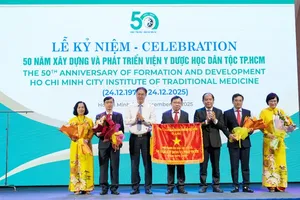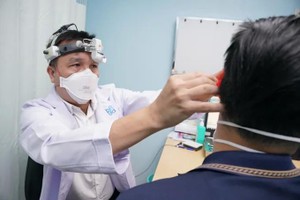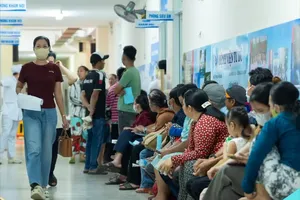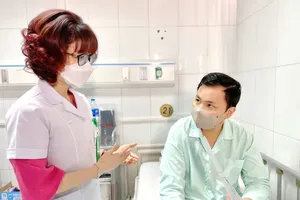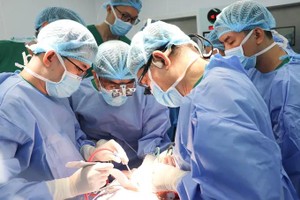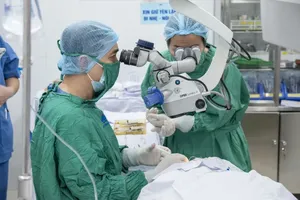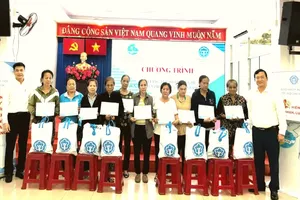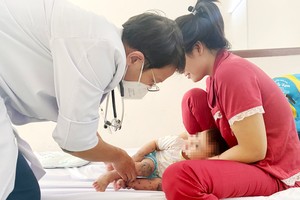
According to the instruction document by HCMC Social Insurance, from January 1, 2021, people from provinces do not need a referral letter when becoming inpatients to enjoy 100 percent of treatment cost paid by health insurance.
Outpatients coming to HCMC for treatment still need a referral letter.
Sick people from provinces becoming inpatients in Cho Ray Hospital, Military Hospital 175, the National Hospital of Odonto-Stomatology, and Thong Nhat Hospital without a referral letter can only have 40 percent of their medical expense paid by health insurance.
Emergency insured cases or patients with a referral letter can enjoy a 100 percent treatment cost paid by health insurance.
The change this time is in accordance with the route stated in the Law of Health Insurance. 5 years ago, insured patients began to enjoy a linkage among hospitals of the district level in order to improve the professional skills of lower-leveled healthcare institutes.
Nevertheless, leaders of many hospitals commented that the linkage this time does provide better services to patients, yet simultaneously increase the burden on the shoulder of major hospitals.
Being the highest-leveled about oncology, each day HCMC Oncology Hospital treats 4,000 outpatients and 600 inpatients. Among the first group, 32 percent are of appropriate primary level. Deputy Director of this hospital Diep Bao Tuan commented that the new linkage allows citizens to choose their preferred hospital more easily, greatly boosting their satisfaction. However, he admitted that if the number of patients is too large, the hospital cannot apply hi-tech treatment methods for all.
Deputy Director of the HCMC Department of Health Tang Chi Thuong revealed the statistics about health insurance status in the city, saying that on average the quantity of insured inpatients bypassing their primary facility (coming from other southern provinces) accounts for 5 percent. The total cost for the treatment of these people occupies 5 percent of the expense under insurance.
“Formerly, bypassing inpatients could have 60 percent of their treatment cost paid by the health insurance. Under this new change, 100 percent of the expense will be under the responsibility of the health insurance. This means a compulsory increase in the estimate insurance expenditure of each hospital in HCMC just for residents of the city. That is not to mention a forecast growth in the number of patients coming from neighboring provinces”, said Mr. Thuong.
In order to avoid the state when patients all rush to the highest-leveled hospitals, Mr. Thuong suggested that related state units in the medical field should propagandize the medical ability of lower-leveled hospitals which have already received infrastructure upgrades.
Right now, many ward-leveled clinics have reformed their operation, observing the family medicine principle. In addition, several district-leveled hospitals can perform intensive treatment. These developments are expected to help ease the burden of higher-leveled medical institutes.
Another fact worth mentioning is that the new linkage is posing a challenge to district-leveled hospitals, most of which are now financially autonomous, since they need to continuously renew themselves (upgrading technical equipment, developing capable human resources, and perfect administrative tasks) to attract more patients.
Lastly, district-leveled hospitals should pay more attention to improving their current medical facilities for outpatients, while expanding examination and treatment choices for these patients to answer their demands. New models like distance diagnosis or medical service provision at home should be considered, especially in this sensitive time of Covid-19 pandemic.
“It is the responsibility of hospital at district level to provide human resources help to ward-leveled clinics using the rotating method”, said Mr. Thuong.



